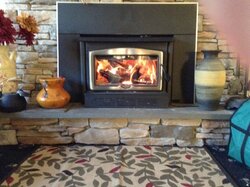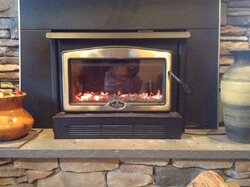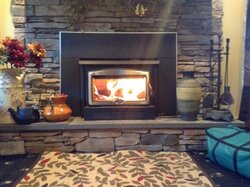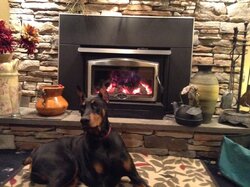Grisu
Minister of Fire
I only know it's the way mine works. I'm not after an argument or anything, and I'm the first to admit my limited experience, but I'm used to being able to fairly quickly stop any temperature rise that I'm experiencing at any temperature I want. I've always been able to do that and I've done it over a wide range of situations. I can control the temp of my stove at any temperature that I choose regardless of the load. If I want to stop my temps at 300, I can. He can't. I just know that I'd be very uncomfortable if I couldn't.
Your stove then behaves very differently than mine. When I burn a good load of dry pine in a hot stove I have the air closed usually at 350 to 400 F. Nevertheless, the stove keeps climbing to about 700 F. I learned from experience that I had to close the air that early. In fact, the most valuable lesson I learned is to look at the fire and not at the temps to decide when to cut down the air more. I never had it beyond 750 F so I am sure I am ok.





